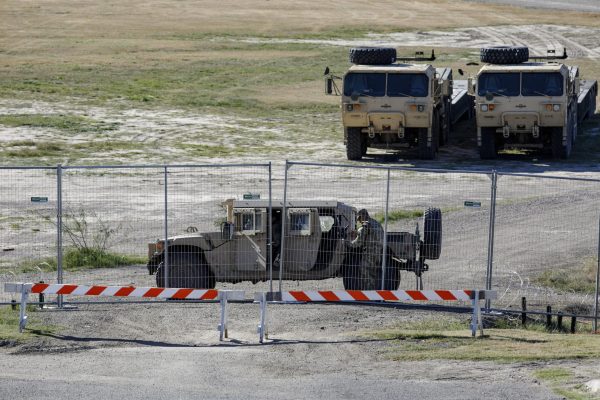Why renewable energy failed in Texas snow storms
Purple and white flowers outside of the Barry B. Thompson Student Center
Currently, renewable energy sources contribute to making up one-fifth of the net electricity generated in Texas. The same renewable energy sources also contribute to making up one-fifth of the total electricity generation from hydroelectric sources in the United States.
During the recent snow storm, the renewable energy sources in Texas failed the state. Throughout this time, the main two renewable energy sources that were targeted for the power outage across Texas were wind turbines and pipelines that froze during the harsh weather conditions. Many Texas residents were concerned as to how this could happen.
“When ice freezes on wind turbine blades, the aerodynamics are negatively impacted. The speed of the rotation of the blades is reduced until they do not catch any wind velocity at all,” Assistant Professor of Mechanical Engineering, Dr. Hoe- Gil Lee, said. “Adding a heater in a thin layer of carbon fiber to the blades can prevent ice before it forms. This anti-icing technology is applied primarily to airplanes. This technology is used in colder climates, such as in Canada and Sweden. Unfortunately, anti-icing technology is currently costly, and installation of this system leads to decreased turbine efficiency.”
Because of the typical weather conditions in Texas, the carbon fiber layer is not something that has ever been necessary to put on wind turbines here. However, with the effects of such low temperatures in February, it is something that has been talked about and considered in order to move forward.
Many counties across Texas were without electricity for days with negative degree temperatures outside, and even now some counties are just getting their power restored. So far, analysts say the grid system failed due to high electricity demand, which began to push grid operators into their worst-case scenarios.
“One of the causes of the power outages was the frozen wind turbines because renewable energy sources are still unreliable under certain conditions and in certain seasons. Equipment for both wind and solar PV energy function as designed under tremendous heat, although they may lose some energy capacity. This is not necessarily the case in extreme cold. When the temperature suddenly drops to sub-freezing, equipment associated with wind generation sits frozen and may be rendered immobile. During the week of the winter storm, wind power decreased from 42% of the state’s electricity to 8% of the electricity, which indicates a wide range of the electricity power production with respect to weather conditions,” Dr. Lee said.
According to The Electric Reliability Council of Texas (ERCOT), which represents 90 percent of the state’s electric load, wind turbine outages were responsible for less than 13 percent of Texas’ lost energy generation. Wind turbines in Texas did indeed fail during the frigid winter temperatures, losing about 4.5 gigawatts of capacity. At the same time, 26 of the 34 gigawatts of ERCOT’s grid that went offline were from thermal sources such as gas and coal.
After the recent Texas snow storm, there have been many worries that Texas will once again be unprepared if another ice storm were to happen this year.
“In order to prevent further wide-scale power outages, Texas needs to invest in a variety of renewable energy sectors. We should not be overly reliant on one source to power our homes and businesses, ” Dr. Lee said.
There have been many different things thrown on the table that could have Texas better prepared and prevent future electrical outages.
“It is important to innovate and upgrade energy storage systems so that under severe circumstances, they do not strain the electric grid. Storage technologies will allow electricity to be stored from these variable resources until they are desperately needed, as we all witnessed [in February]. The current Texas electric grid is very inefficient in the use of its generation capacity, because about 60% of that capacity sits idle during times of low energy demand. Updated storage systems will increase the efficient use of our generation resources by capturing more renewably generated electricity for later use,” Dr. Lee said.
Renewable energy is a growing industry, and has great success ahead for fueling our state and nation despite the massive set back Texas just witnessed.





